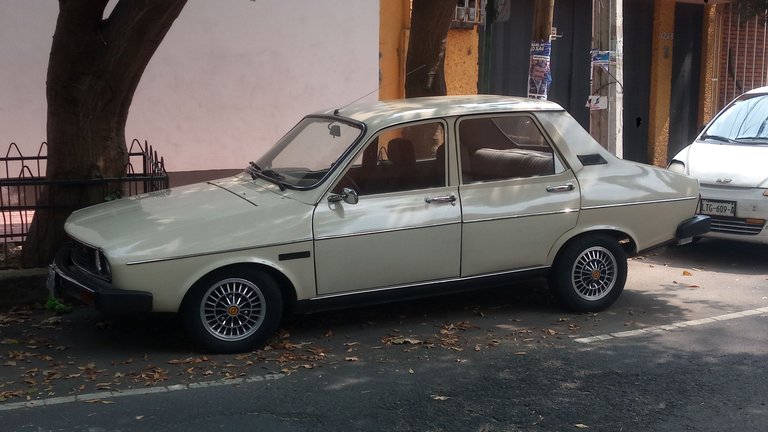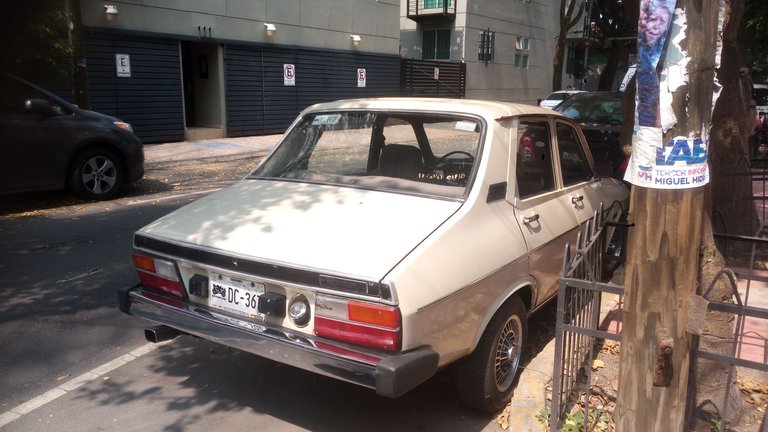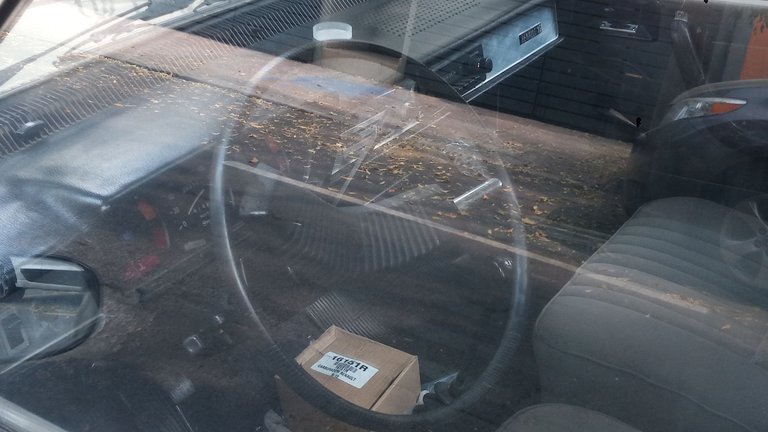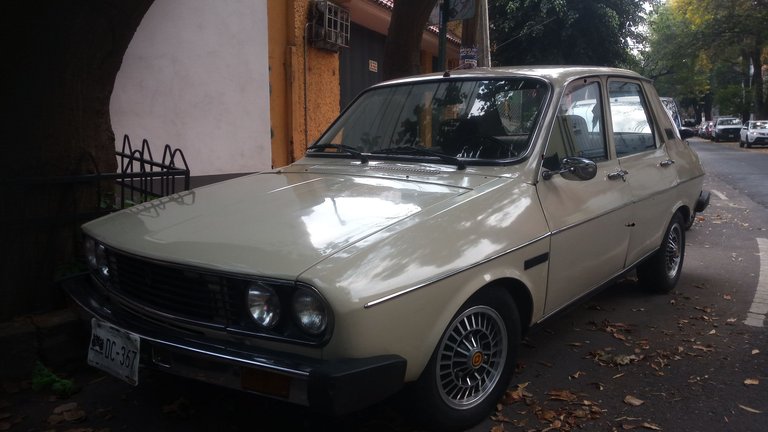I remember when I was five years old, I used to be able to identify "all the cars out there". This seemingly spectacular feat became less impressive once you'd consider its limitations. First of all, it only included vehicles for small-scale personal transport, and more importantly, it focused on merely the cars you'd see on the streets of the communist block, which essentially were hardly more than a dozen types. Those Eastern European models, however, left such a lasting impression in my mind, that even up to the present day I keep seeing them around me... or so it seemed.

I Thought I Saw Dacia
I mean, it had the exact same shape as what I learned to be a Dacia back then, more precisely the Dacia 1300, which was THE car Romania added into the motorist fleet of socialism. Being from their disliked neighbor country, Hungarians considered this vehicle to be on the lower end in general, which didn't mean that they didn't drive it when they had the chance. This general antipathy may have added to my excitement when I saw this classic car parked in my neighborhood. So I took a closer look, and realized how wrong I was. The car in question was in fact French.

The Original of the Knock-off
It was not unusual for communist countries to take successful western cars, create nearly identical copies of them, and keep manufacturing them much longer than their western counterparts. In many cases they kept this up until the collapse of the entire socialist system. Typical examples for this are the Polski Fiat copying the Fiat 126, the Lada "Zhiguli" based on the Fiat 124, or the Dacia 1300 knocking off the original Renault 12. So yeah, the car that made it to the streets of Mexico City was most likely the original Renault. Still, my excitement remained, and I am happy to present it here.

All Around the World in the 1970's
Looking at the information, the Renault 12 seemed to have been a truly global car, being built not only in France, but also in fifteen other countries, including Turkey, Chile, Portugal, Canada, Australia, and a place called Rhodesia, which later became known as Zimbabwe. In the communist east another version of it was made in Yugoslavia. In Mexico the Renault 12 was built between 1969 and 1984 in the city of Sahagún, Hidalgo, since a government decree required all cars that were to be sold in the country to be at least partially assembled here. This particular vehicle I saw parked in our street was probably one of them.

While the beginning of the 1980's also marked the end of the era of the original Renault 12, its various reiterations around the world had been kept up for additional decades, most notably the Dacia, which continued manufacturing its cars until 2006.

Happy Nostalgia
While most folks in Hungary would not have one good thing to say about the Dacia, and thus probably about the Renault 12 either, seeing this particular model got me to enjoy a particular nostalgia, reaching back into my childhood days. Even looking at it from today's perspective, it looks like a cool car with an unmistakable shape. Compared to the typical SUVs that are so popular in modern days, I could imagine driving this car, with the windows rolled down, as it probably doesn't have an air conditioner. Really...??? Well, okay, let's not be unrealistic. It's outdated technology would probably make it more suitable to park it somewhere to enjoy its form, rather than use it as a reliable transport. Still, a bit of dreaming is always allowed.
Me trae recuerdos esa marca de auto. Buenas tardes 💯🤗
It's been a long time since I've seen a Renault 12.
It's great to see one still on the road!
Have a great day
!INDEED
Thanks! Yeah, it seems to have been truly a car of the world, including Canadian, or more precisely Quebecois.
I saw lots of Lada "Zhiguli" that is based on FIAT in my childhood in Soviet Union :) The last Zhiguli was produced in Russia in 2012! Can you imagine buying a new Fiat 124 to drive in 2012?!
https://www.reuters.com/article/lifestyle/russia-says-goodbye-to-a-car-and-an-era-idUSBRE8420DQ/
I know, it's pretty amazing! Kinda like how the old VW bug was being produced until 2000 in Mexico. Even afterwards many small mechanic shops kept putting "new" ones together, using old parts. (I think some still do, since there are still soooo many of them around.)
As for the Zhiguli, they enjoyed a high regard in Hungary, at least compared to the Dacia, until the socialist system collapsed. Then everyone was looking at western cars instead, but now there is a new revival of old socialist models. Driving a Zhiguli today would most certainly make you super cool, especially if it has a nice paint job and a decent sound system.
That is crazy that they are in high regard in Hungary right now, it must be some sort of nostalgia after youth during the Soviet bloc times...
Congratulations @stortebeker! You received a personal badge!
Thank you for participating in the Leo challenge.
You can view your badges on your board and compare yourself to others in the Ranking
Check out our last posts: